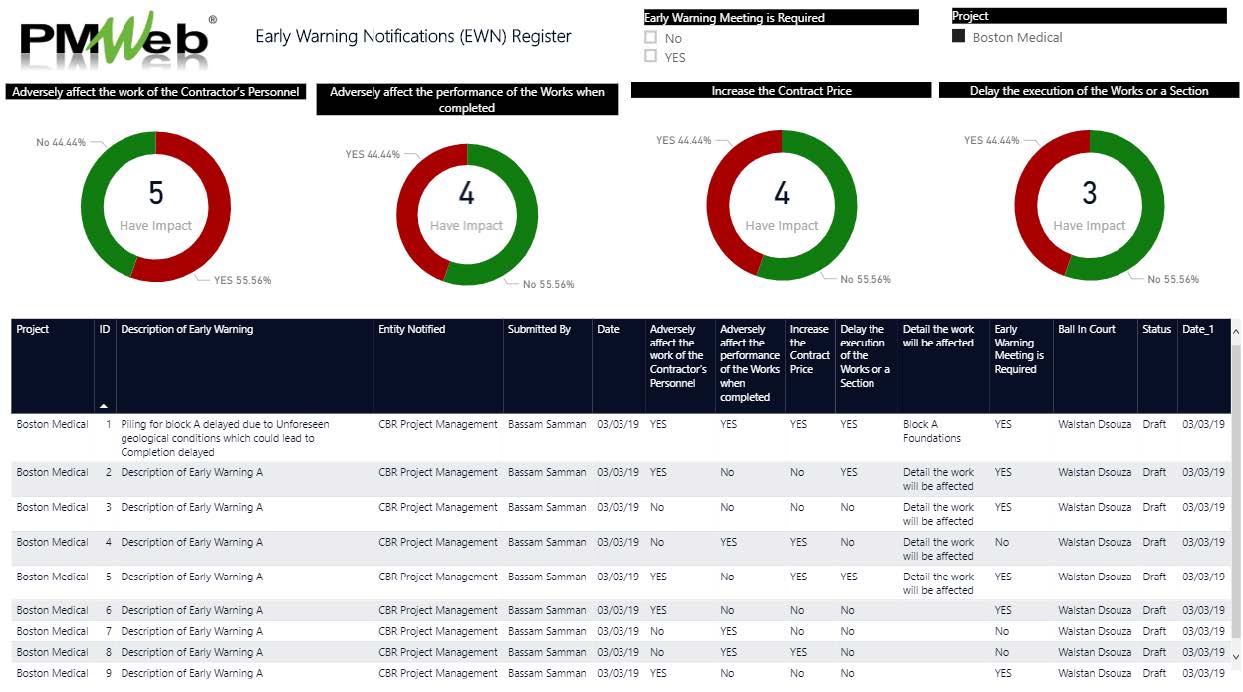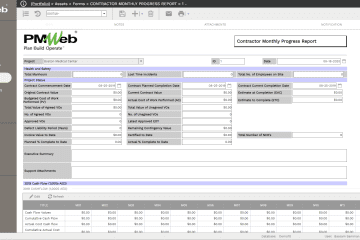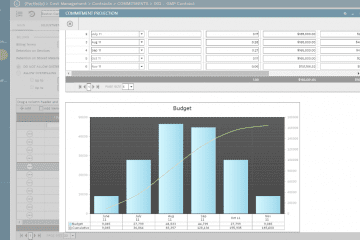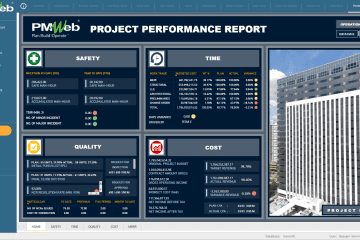For many, the term “distressed” is used to represent a project that is almost 20% off its originally approved planned progress earning and schedule baseline targets. In practice, spotting the early warning signs of a project becoming distressed can be difficult as they are not always obvious, or easy to spot particularly on larger construction projects.
The early warning signs of distressed project include slow progress on site compared to what was planned, reduction in the number of labor and non-labor resources, delays and non-delivery to planned material and equipment supplies, replacement of subcontractors and suppliers, high turnover of Site Managers and Staff, subcontractors and suppliers complain about missing or late payments, contractor failure to rectify, or is slow to rectify, defects raised in non-compliance reports, quality of finished product being presented for inspection decreases and contractors over-claiming among others.
For a project owner, the turnaround or recovery of a distressed project is usually a stressful and expensive initiative that also carries high risks of failure. That is why, project owners need to implement project management information systems (PMIS) like PMWeb to provide an detect and provide alert when those early warning signs occur. This will enable the project owner to take less-costly recovery actions that have better chances to succeed to bring the project back to track.
Project Schedule
Having an approved current integrated project schedule is one of the most important formal documents that can provide early warning signs of a distressed project. The integrated project schedule should include the complete project scope of work including but not limited to mobilization, demobilization, technical submittals, material and equipment procurement, authorities’ approvals and all needed no-objection certificates and interfaces, testing and commissioning, handing over and other project closeout activities among others. The baseline schedule should be formally reviewed and analyzed by the project owner and his authorized representatives before it is approved. To maintain the validity of the project schedule, it needs to be updated on weekly basis by the contractor and reviewed and analyzed by the project owner before it gets formally approved.
PMWeb scheduling module will be used to import the original baseline schedule and subsequent weekly updates. This will enable the project owner to report on changes to total float (TF) value on weekly basis. The total float trend report will provide the project owner with the immediate visibility if the project’s completion date is slipping and if this trend is increasing.
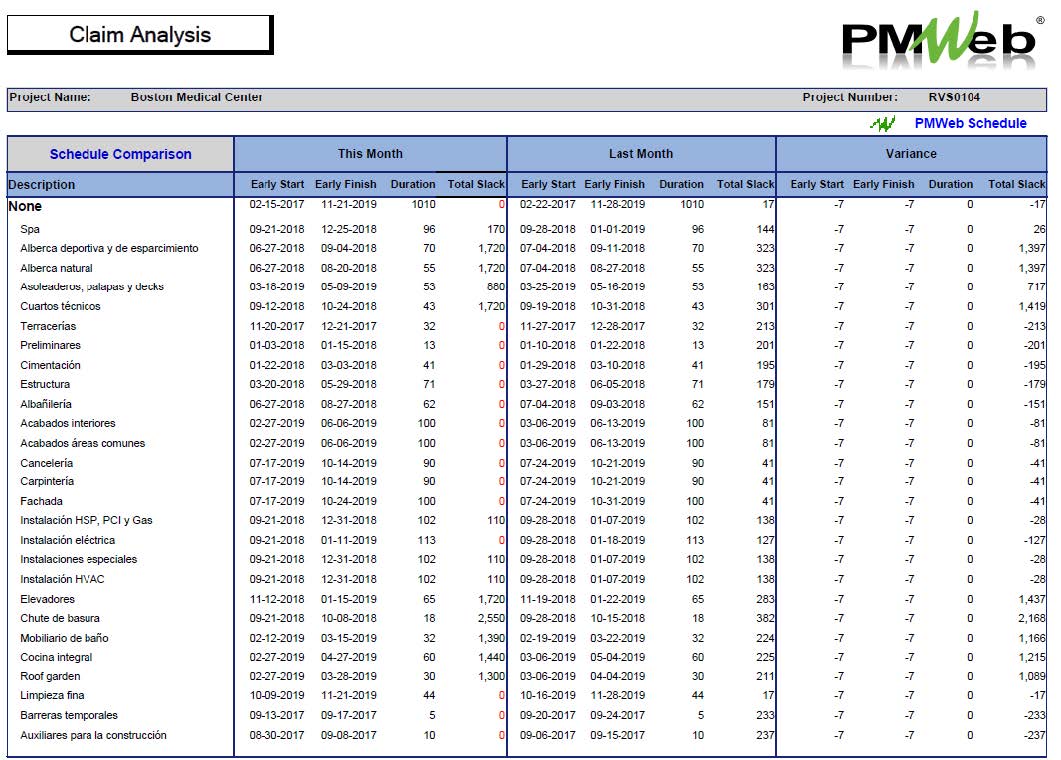
Daily Reports
Daily report is one of the most important formal communications that is part of every construction project. Using PMWeb daily report module, the contractor will provide details of completed works on daily basis and what subcontractor did complete this work if it was not completed by the contractor. The completed work needs to be quantified and linked to the relevant project schedule activity. Similarly, the contractor needs to provide the details of all labor and non-labor resources including management and site staff that were deployed on the project on that date. Each resource needs to be linked to the relevant project schedule activity.
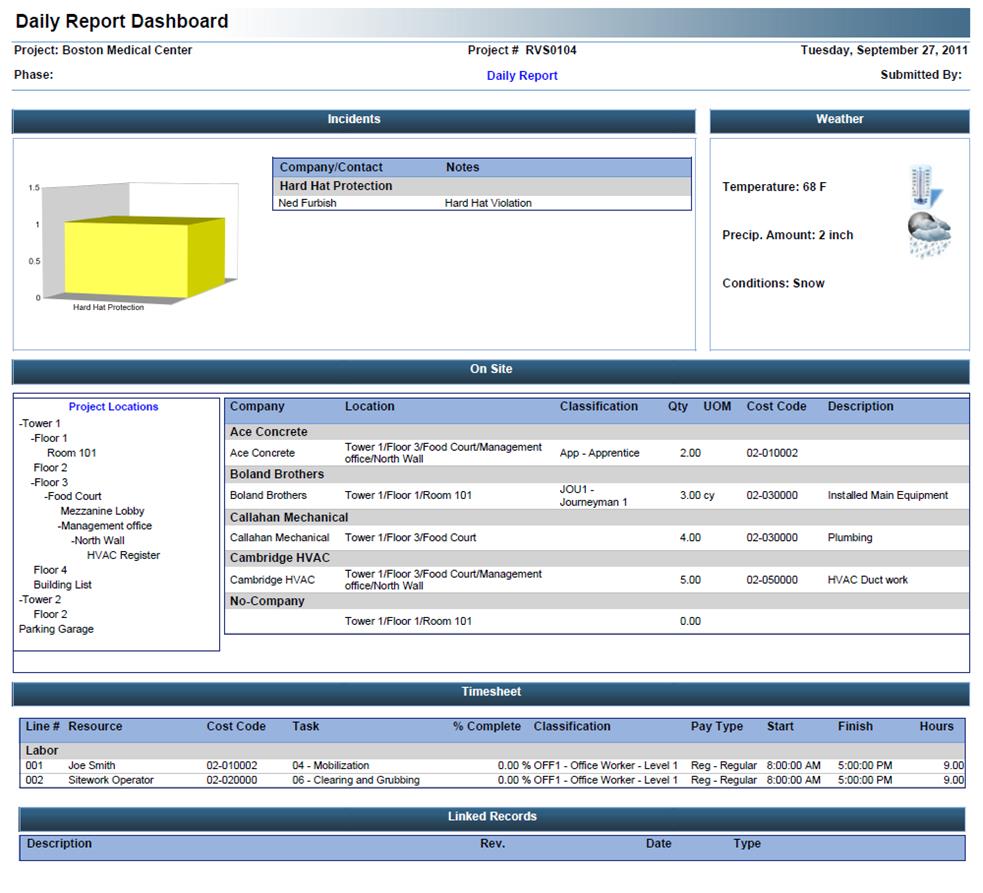
Daily Reports
Daily report is one of the most important formal communications that is part of every construction project. Using PMWeb daily report module, the contractor will provide details of completed works on daily basis and what subcontractor did complete this work if it was not completed by the contractor. The completed work needs to be quantified and linked to the relevant project schedule activity. Similarly, the contractor needs to provide the details of all labor and non-labor resources including management and site staff that were deployed on the project on that date. Each resource needs to be linked to the relevant project schedule activity.
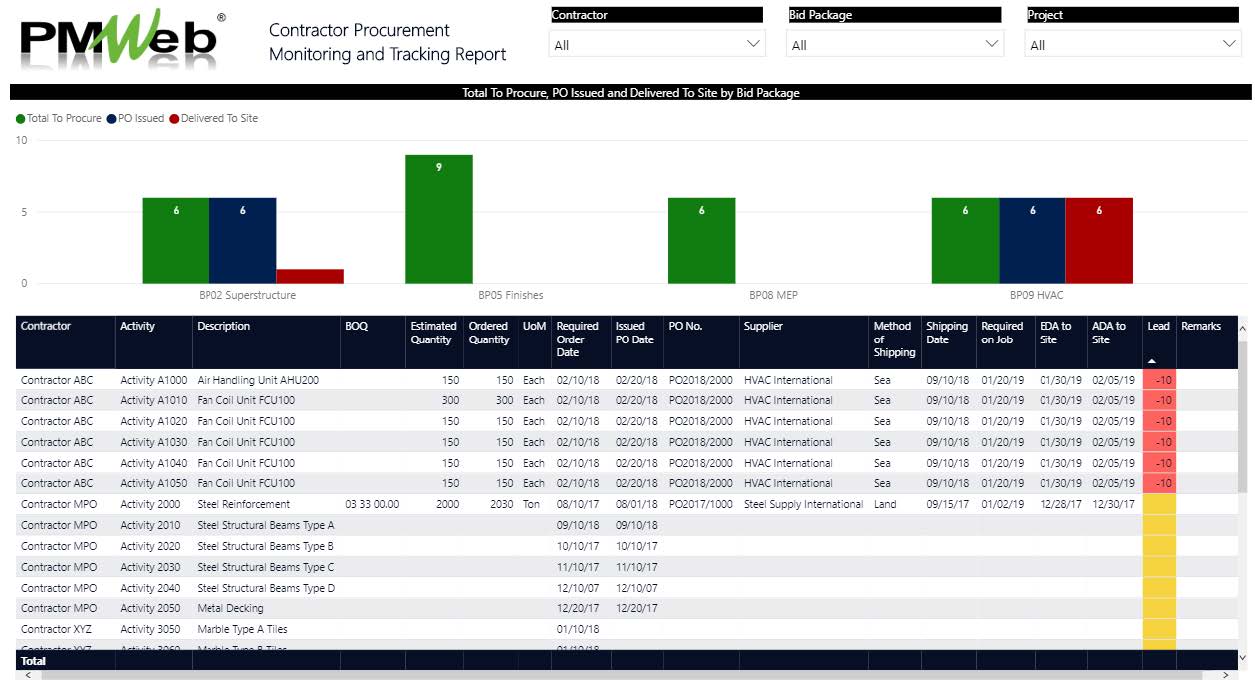
Progress Invoices
The monthly progress invoice is the application made by the contractor to get paid for the performance earned during each progress period. Usually the amount of this earned progress value (EV), which is also the actual cost (AC) from the project owner perspective, should be similar to the planned progress value (PV) to ensure that the project’s funds earning is progressing as planned. When the variance between those two values is negative, it provides an early warning sign that the project is not progressing as originally planned which could have an impact on the project cash flow. The progress invoice will provide the breakdown of those work items that did not achieve the planned progress and which caused the variance. This will help the project owner to identify if any of those invoice items are part of a subcontractor or supplier scope of work who might not have performed their planned works due to non-payment.
PMWeb progress invoice module captures those invoices on monthly basis. The actual percent complete for each line item can be linked with the relevant integrated project schedule activity to capture the reported activity percent complete for work in place. PMWeb cost worksheet module creates a spreadsheet that compares the approved progress invoice value (EV=AC) with the planned progress value (PV) captured in PMWeb budget module. The cost worksheet provides early warning signs of distressed projects with a real-time status of the project’s financial status.
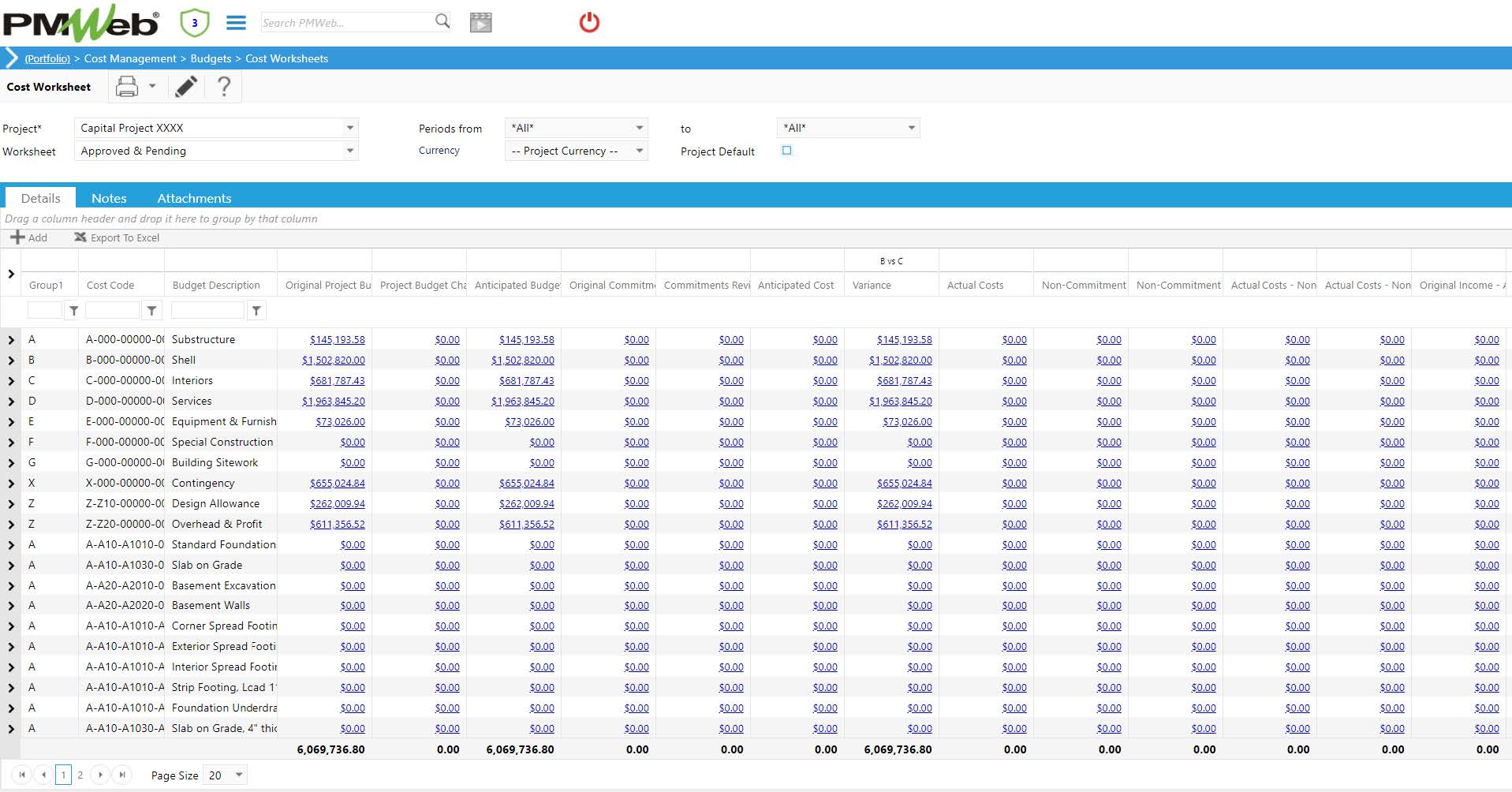
Non-Compliance Reports (NCR)
The NCR report tracks the status of NCRs issued on the project to rectify unacceptable work. PMWeb custom form builder creates the NCR document that includes the fields for the required corrective action and the actions taken by the contractor to rectify the reported quality issues. The NCR status report provides the project owner with real-time status of how NCRs’ closure is progressing.
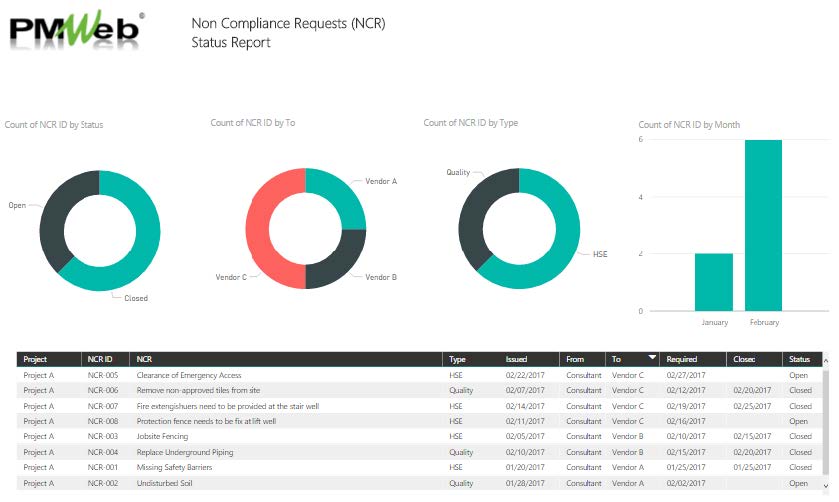
Field Inspection Requests
The field inspection reports track the status of all inspection requests made by the contractor. PMWeb custom form builder creates the field inspection request document which could be standard for all types of works to be inspected or specific for each type of work to be inspected. Of course, the latter is the one that is recommended most. The inspection requests report provides the project owner with real-time status of how effective the field inspection process is progressing and if inspections are not getting approved from the first time due to the contractor’s quality of work.
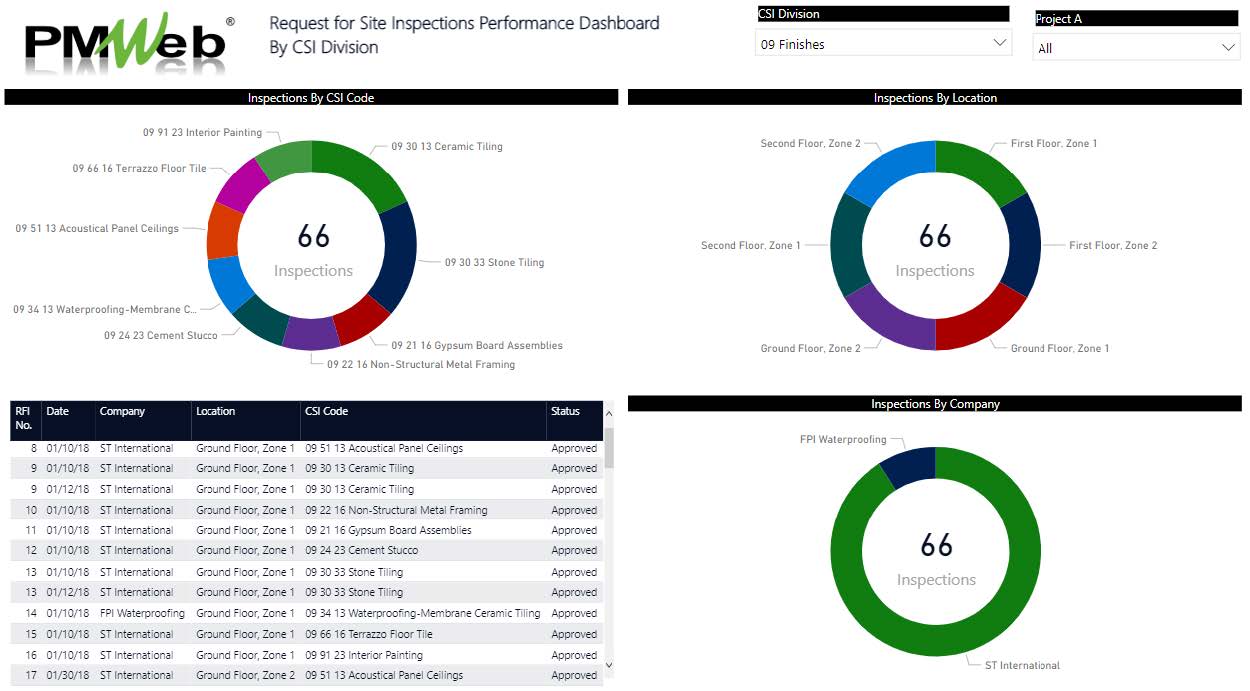
Potential Change Orders
Project owners need to be alerted when they notice an increasing trend in claims submitted by their contractors as this an indication that the contractor is trying to find excuses for recovering additional cost as well as establish the reasons for the project’s slow progress and delays. PMWeb potential change order module capture all those claims submitted by the contractor as soon as the contractor identifies the same. The module has a predefined workflow to ensure that each submitted claim is reviewed, analyzed and either approved or rejected by the assigned project owner team in accordance with the contract’s terms and conditions. The claim report provides a real-time status of all submitted claims and their status.
